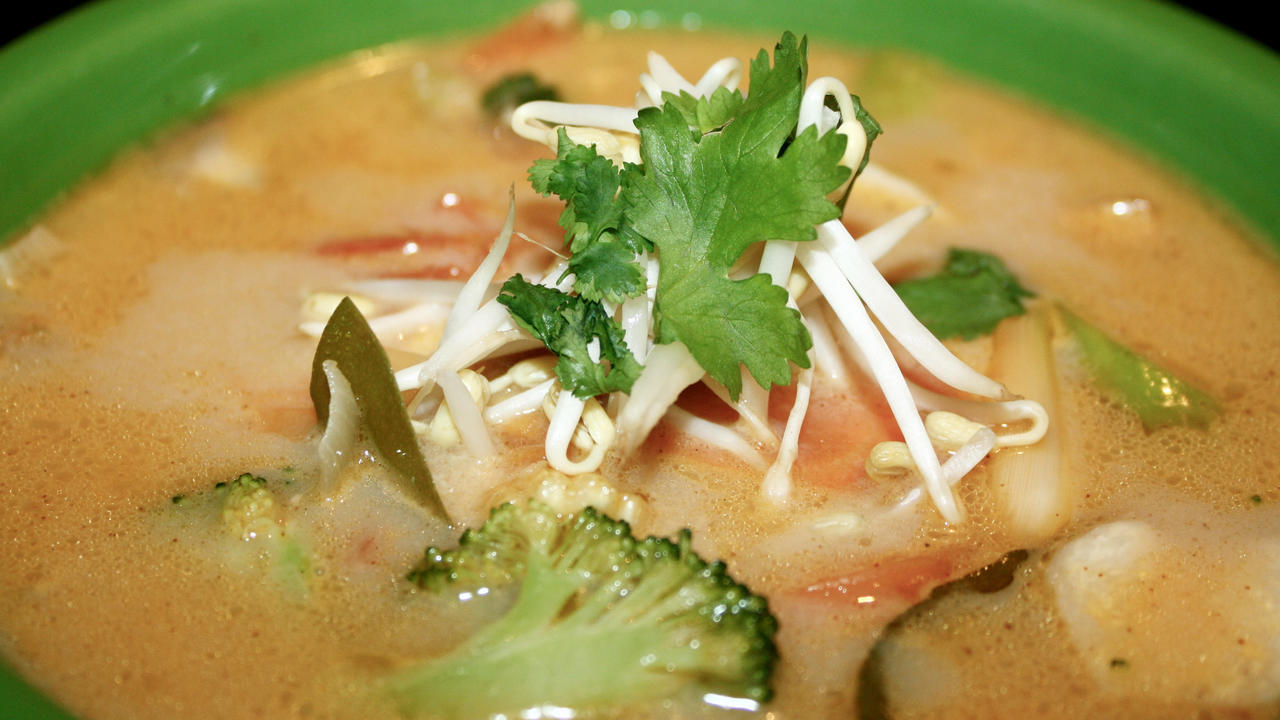Spice up your life
Dec 01, 2015

–This article appeared in the December 2015 issue of Bamboo Telegraph, Singapore
Welcome to Flirting with Food! In this corner we will discuss healthy, nutritional eating in Singapore and beyond.
Variety is the spice of life and, spice is the best way to make the most of your dishes. Singapore is a melting pot of tastes and there are a variety of delicious herbs and spices available. Liberally spicing your food is a great way to add flavour and texture without adding a lot of salt or fat. Herbs and spices also contain important nutrients for your body.
Spices define cuisine. You can get the taste of specific cuisines just by adjusting the appropriate herbs and spices. Feel like Thai food tonight? Add some lemongrass, ginger and lime. Want some Italian food? Add some basil, garlic and oregano and you’re cookin’!
While herbs are usually plant leaves, such as mint or rosemary, spices typically come from seeds, bark or berries like peppercorn or cinnamon.
Here are four popular herbs and spices used in SE Asia cuisine.
Turmeric is found both fresh and powdered. It will add a beautiful orange colour to your dishes. Use caution with fresh turmeric – it will stain your hands and cutting board orange, too! Turmeric is best added to soups, stews, curries, salad dressings, eggs or sautéed greens. It has many health benefits that include lowering cholesterol, reducing inflammation and turmeric contains high levels of iron and manganese.
Ginger is popular in most Asian cuisines. You will find ginger pickled, grated, minced, sliced, juiced or candied. Aromatic, strong, pungent and spicy, ginger will add much flavour to your dishes; start with a little, you can always add more. It is best known for boosting your immune system and calming an upset stomach. Also try galangal; it is from the same family but more mild in taste. For a tea alternative, steep sliced ginger in hot water for 5 minutes.
Pandan leaves are long, thin, green, fragrant leaves popular in SE Asian cuisine. They are sold fresh or frozen and must be crushed, bruised or boiled to release their sweet vanilla like flavour. You will find it in nasi lemak, kaya (jam), rice dishes, curries and desserts. Pandan leaves aid in digestion and help freshen your breath.
Basil is one of the most common herbs used in cooking around the world, however it was first native to India and Asia. I worked with a chef in Hanoi who told me that there were over 150 different types of basil. Their family had more than 15 varieties growing on the patio. After tasting some side by side, yes, there is a difference! Try it fresh in salads, pureed in pestos, julienned in curries and soups or infuse oil and/or vinegar. Basil is high in vitamin A and K. Try sweet Thai, lemon or Vietnamese basil for a bit of variety.
Use herbs fresh whenever possible and add at the end of the cooking process to benefit from the most flavour and nutrients.
Bon appétit!


